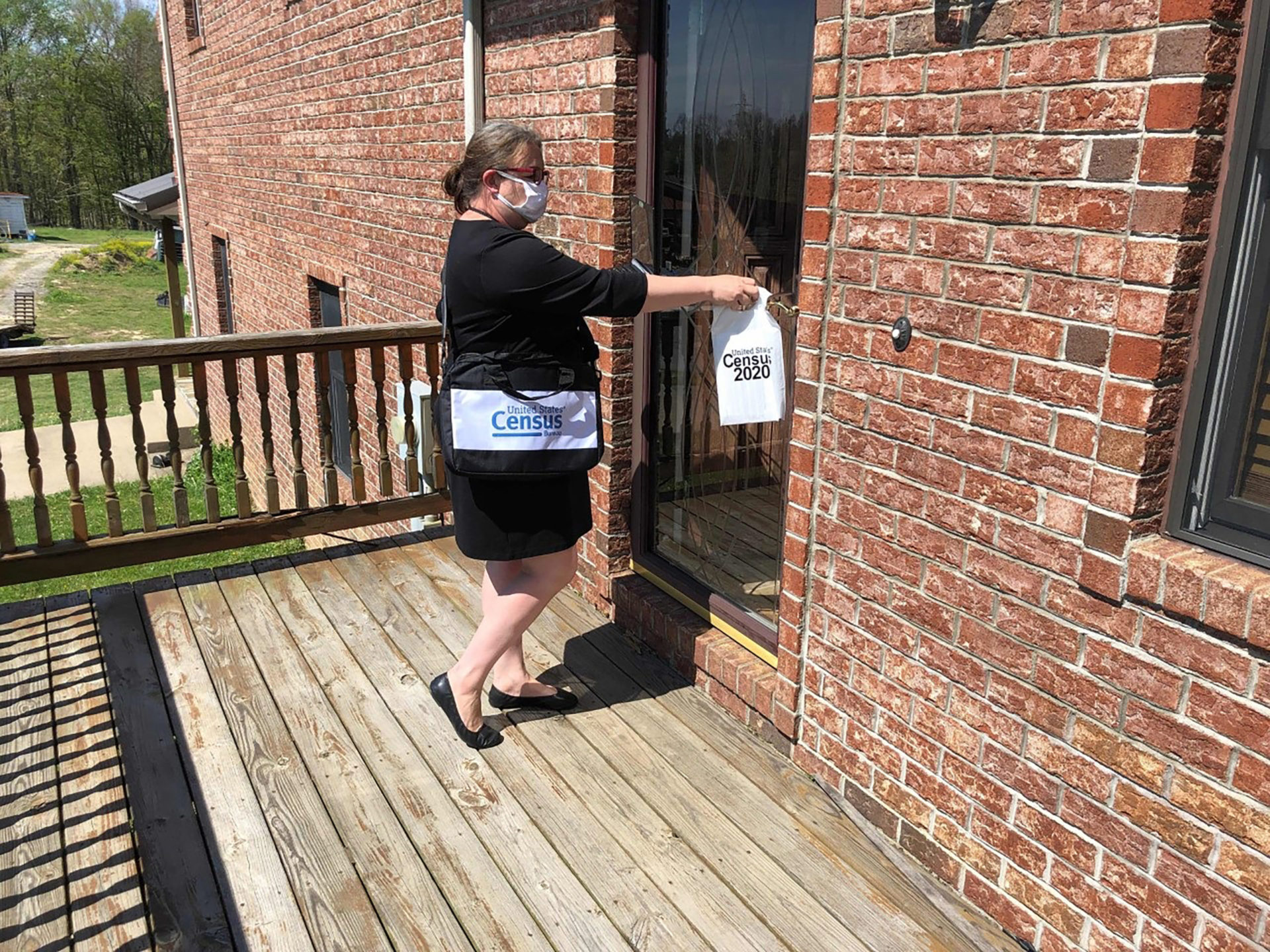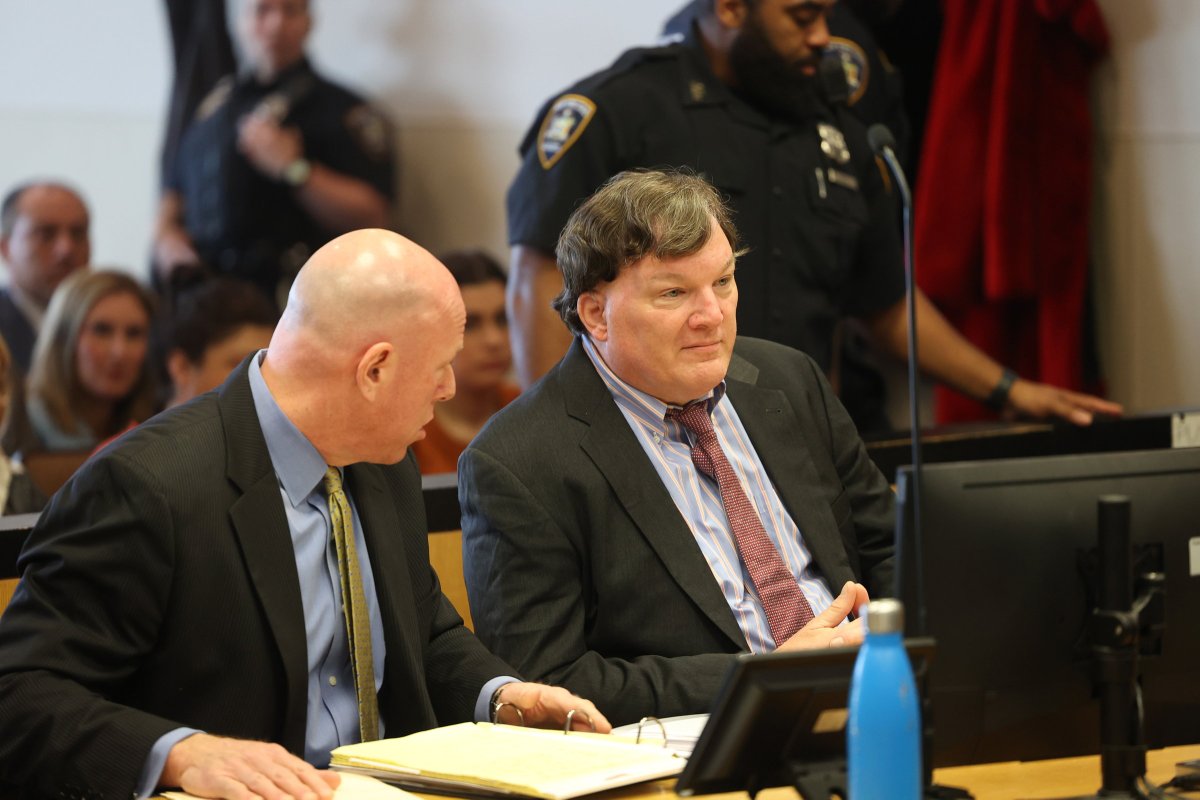Census 2020 Acts to Boost Low Hamptons Response Rates


In a tacit admission that the U.S. Census Bureau’s Decennial 2020 operation is facing a major response crisis in areas like the East End of Long Island, the bureau announced June 24 that it was launching a mass mailing. This mailing will target 1.3 million post office boxes in areas across the country where, as with much of the East End, residents receive their mail at the post office.
This mailing will consist of postcards that will inform box owners that a census taker will be coming to their house, to drop off materials. More importantly, the postcards will also give both the phone number and the website address through which a resident can complete a census form for the residence they live or are staying in.
While initial contact concerning the 2020 census was made with 95 percent of the nation’s residences by mail, much of the East End, and areas like it, are treated differently, in a program called Update-Leave.
Under Update-Leave, the plan was, starting March 15, for census workers to visit every residence in the bureau’s database in areas where a majority of households rely solely on boxes at their local post office for mail.
That March 15 date coincided almost exactly with the onslaught of the COVID-19 pandemic, causing all field operations to be suspended. It is only in recent days that enumerators have been sent out into the field to drop off census packets at the front doors of residences that do not receive direct mail.
The 2020 Decennial Census, that is, the counting of every person living in America which is required by the Constitution to be completed every 10 years, will produce numbers that will be the basis for the distribution of many billions of dollars over the next decade, as well as determine representation at all levels of government. The count is of every person, no matter what their immigration status is in the country.
The damage done to the response rates in four of the five East End towns caused by this three-month delay in getting materials to the public is massive, with none being worse than that of the Town of East Hampton, except on Shelter Island, though the population base is a fraction of the size.
The numbers in East Hampton are daunting. As of June 25, nationally, 61.7 percent of all residences had been accounted for, with most residents responding online, a new option offered by the census bureau this year.
With the exception of Riverhead, where only a small area receives mail at the post office, the other four East End towns are covered, to a large extent, by the Update Leave program. All four, right now, are severely undercounted. Southold’s response rate stood at 36 percent as of June 25, with Southampton coming in at 35.4. The response rate for the entire town of East Hampton? Just 28.2 percent.
How bad is that? In 2010, East Hampton’s response rate after the initial contact was made with residents and before enumerators were sent out to knock on doors was 66.7 percent.
The response rate numbers out of Shelter Island provide another reason for East Hampton to be concerned. On Shelter Island, there is no direct delivery of mail to residences. Instead, each residence is provided a post office box for free in one of the island’s two post offices.
Back on May 9, the national response percentage stood at 58.5 percent. East Hampton was just over 23 percent, with Shelter Island a woeful 7.2 percent.
Shelter Island, however, is beginning to respond to the Census Bureau’s efforts. As of June 25, Shelter Island’s response rate was up to 20.3, an increase of over 13 percentage points. Shelter Island, which started far behind East Hampton, is catching up.
In preparing for the 2020 Census, the bureau worked on creating partnerships with what are considered harder to count communities. These groups include African-American and immigrant communities, in which the level of suspicion and distrust of government can run high.
But, in 2020, the entire Town of East Hampton could be considered a hard to count community, based on the current numbers.
Jeff T. Behler, the regional director of the Census Bureau, oversees the Census operations in the northeast of the country, including New York State, as well as in the Commonwealth of Puerto Rico. He said last week that he believes the targeted mailing announced by the Census Bureau on June 24 will go a long way towards closing the gap between where the East End is now, and where it should be by the time the next major operation is launched.
That operation, known by its synonym, NRFU, pronounced Nar-foo (Nonresponse Follow up), was originally scheduled to begin May 13, but has been pushed back to August 11, due to the pandemic. During NRFU, census workers attempt to contact the occupants of residences from which the bureau has not received a response.
There are many reasons why people don’t respond to a decennial census in the best of times. Perhaps they have moved recently, or changed jobs. Obviously, both of those circumstances will be in play during the 2020 NRFU.
Then there are those who are indifferent to the importance of the census. Finally, there is a small percentage of the population that is openly hostile to the census.
NRFU is extremely difficult, labor intensive, and very expensive to the American taxpayer.
Kenneth Prewitt, who headed the 2000 Decennial under President Bill Clinton, has said that it is important to have a response rate of around 55 to 60 percent going into NRFU. He added a caveat about the 2020 in the era of Covid-19, however. “Unlike 2000 or 2010, meeting this self-response target tells us very little about what to expect of NRFU.”
The further away the response rate is from the target of 55 to 60 percent when NARFU starts on August 11, the more difficult the operation will be. NRFU is scheduled to end, now, on October 31.
The East Hampton Town Board discussed the possibility of doing a targeted mailing to the PO boxes in the various post offices in East Hampton weeks ago, but action was not taken.
Nationally, the response rate is there.
But, on the East End, achieving a 55 to 60 percent response rate by August 11 seems, at least for the moment, a long, tough row to hoe.
Next: The challenges posed by Covid-19 to the 2020 Decennial Census, and possible solutions.
T.E. McMorrow has previously worked on three different Decennial Census’s and was a supervisor in Manhattan during the 2010 Census.



